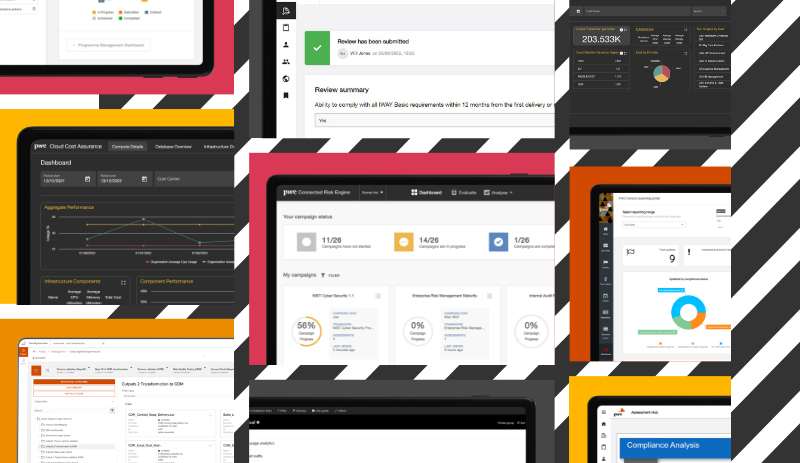
Risk & Regulation Rundown podcast series
PwC's financial services risk and regulation podcast, Risk & Regulation Rundown. We discuss the latest developments affecting the industry, insights from our work with clients, and our perspective on industry talking points.



















